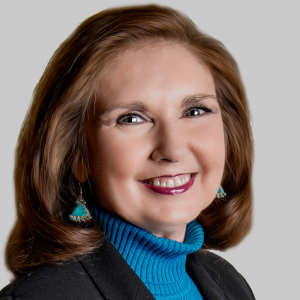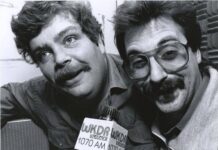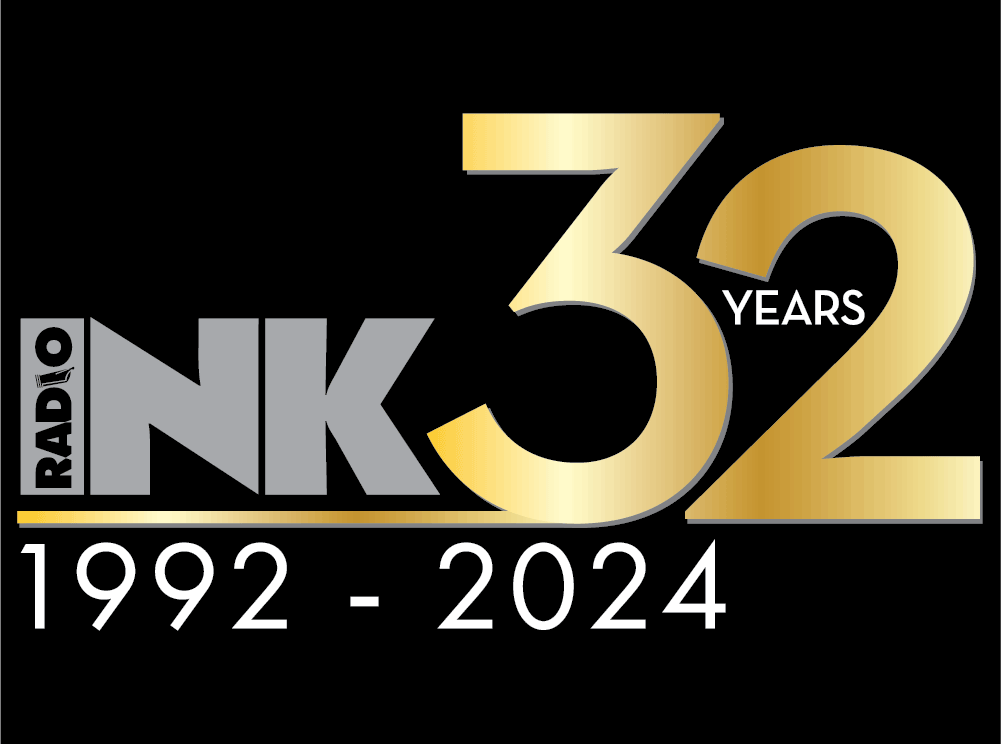
(By Pat Bryson) The best salespeople are the best storytellers. We join a long line of people who have been important to their tribes because they passed down the tribe’s histories. They told stories of the successes of their ancestors. They kept legends alive. They inspired. And, so do we with our sales stories.
A big part of our job as salespeople is to manage and reduce risk and stack and increase value for our prospects. People will not buy from us until they perceive that the probability of reward is greater than their perception of risk. Telling success stories from other clients is a big part of doing both.
People store information in story form. Think about some of the famous people who were known for their stories:
- Jesus told parables
- Native American storytellers carried the history of the tribe through stories
- We grew up on Aesop’s Fables
- Abraham Lincoln was known for his stories
- Martin Luther King
- Ronald Reagan
- Steve Jobs used stories to introduce new products
Anthropologists tell us that when firelight was harnessed, tribes would gather ’round the fire at the end of each day and 80% of the fireside chatter was telling stories. These stories contributed to forming the “tribe”. The stories put people on the same wavelength.
What’s the science behind this? The left side of the brain helps us to think logically. The right side of the brain helps us recall memories and experience emotions. Both sides are linked together by the Neocortex. When we tell stories, both sides of the brain are stimulated and work together. We see the whole picture. We connect to the person telling the stories.
Oxytocin is the “trust hormone”. It is released when we listen to stories. Oxytocin signals the brain that everything is OK, and it is safe to approach others. Being trusted builds our credibility, a necessary ingredient if a prospect is going to buy from us.
How do we craft a great story? Pixar has a formula that they use for all their movies. The components are like this:
Once there was a ___ The protagonist with a goal
Every day he would His world must be in balance
Until one day He faces a challenge
And because of that Give information to move the story forward
Until finally…. Success!
Ever since then_____ The moral of the story
What kind of stories do we need? We need stories to use at all phases of the sales process.
Stories to help us get appointments with a new prospect
Stories to illustrate long-term and event schedules
Stories about how radio works
Stories about how digital works
Stories about how to measure advertising
Stories about advertising in slow economies
Stories to reduce risk
Stories to avoid the “chicken out” period
Stories to avoid cancellations
Stories to ask for referrals
Stories to create our company culture
Get your stories ready. Capture stories for all phases listed above. Learn to paint “word pictures” with your language. People will remember your stories long after they have forgotten your facts!
Happy Selling and Happy Storytelling!
Pat Bryson is the CEO of Bryson Broadcasting International, a consulting firm that works with sales managers and salespeople to raise revenue. She is the author of two books, “A Road Map to Success in High-Dollar Broadcast Sales” and “Successful Broadcast Sales: Thriving in Change” available on her website. Read Pat’s Radio Ink archives here.





